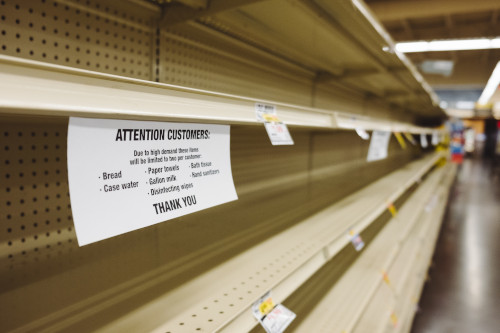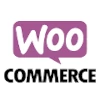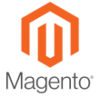
What is the formula for success in e-commerce? Great customer experience? Product selection and attractive product information? Fast delivery? Data? Yes, all of that. This list is actually much longer, and none of them is a competitive advantage anymore. They have become hygiene factors. Focusing on various details is definitely necessary, but in the big picture, we should not forget that in reality everything boils down to whether and how the store meets the wishes and demands of the customers.
But how do you know what consumers want now, and more importantly, what they might want or need in the coming days, weeks or months? How do you plan for the following years?
Demand forecasting plays a major role in the e-commerce supply chain. The method helps to optimize stocks, better plan the budget, goals, and workforce. It helps to make the right decisions about, for example, market potential, product pricing, and purchasing.
Demand forecasting is an analytical process that predicts customer requirements for a specific period in the future. The products or product categories to be analyzed can be those you have offered for years, or they can be new.
Why forecast your store’s demand?
Why forecast your store’s demand?
Today’s consumer knows what he needs and that he generally has many options for where to get it. If the product is out of stock in your store, he will probably turn to a competitor.
If there is not enough stock, the customer is unhappy. If you stock too much, too much money goes into storing them. Forecasting helps ensure that there are enough products in stock when customers need them.
Increase brand awareness and conversions
The information gathered through analytics informs when it is best to run targeted campaigns to further increase brand awareness and ultimately get more conversions. This is how you optimize your marketing expenses.
Identify and minimize the financial risks associated with growing a business
If there is enough information and the analysis is done correctly, it is better to plan new products, developments of existing ones or entry into new markets. The demand forecast also helps to better prepare for the situation when a new competitor enters the market or when there is an economic recession.
Develop a smart pricing strategy
Demand forecasting techniques
Quantitative forecasting models use historical data. They focus on measurable data, from sales data to website analytics, to identify patterns that provide valuable insights. The most common research methods are trend forecasting and the econometric method.
Qualitative forecasting methods are used when past sales numbers or other measurable data are not available. Instead, opinions or research from experts in the field are used. For example, market research, interviewing sales staff and helpdesk, expert interviews. Global or local economic indicators can also be included in the analysis.
FOR EXAMPLE:
An e-commerce company that had been in the market for a few years wanted to reduce inventory costs and improve its sales. With the help of specialists, specific product categories were reviewed to determine their demand dependencies. Economic factors such as employment and cost of living in specific areas were evaluated. The results made it possible to build predictive models and make informed decisions about which products to stock and what consumers were willing to buy. Resources could be shifted from inventory that was not selling to products that were selling.
How to start
Data analysis can be done both manually and with the help of more specific methods and models, regardless of the size of the company and sales volumes.
You could start by asking: How good is your data now?
If you don’t have the competencies yourself, you can identify problem areas with the help of an in-house data specialist and start moving towards a better overview step by step.
It is also important to ensure that the analysis is a repeatable process. This is the only way to compare forecasts with actual sales. They will help you make the necessary changes for your next forecast.
Different budgets can also be adjusted based on the results. Demand forecasting helps minimize inventory costs, plan marketing costs and more.
That is why it is important that, based on the analysis, the budget lines can be planned and adjusted accordingly.
And don’t forget that you also need a budget to collect data and improve data quality. The option is to either purchase analysis competence as a service or contribute the capacity of your own employees.







